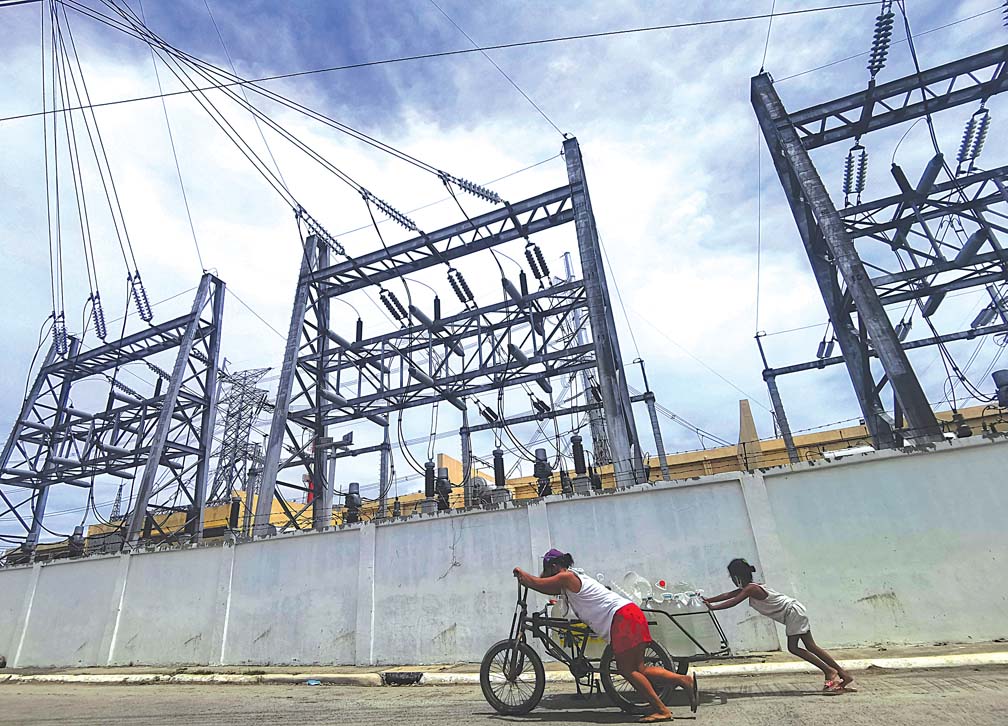THE government’s short-term policy of limiting the deployment of health workers abroad could affect remittance flows in the coming years, according to a study released by the Asian Development Bank Institute (ADBI).
In the report Labor Migration in Asia: Impacts of the Covid-19 Crisis and the Post-Pandemic Future, ADBI, the Organisation for Economic Co-operation and Development (OECD), and the International Labour Organization (ILO) said short-term migration policies could lead to remittance flow and policy changes in the next few years.
The study listed the Philippines among the countries that last year took a short-term protectionist stance with regard to the migration of health workers.
“The short-term impact on deployment and demand in OECD countries may have repercussions in the next few years through policy changes,” ADBI, OECD, and ILO said in the study.
“For example, the Philippines introduced a limit on deployment of new agencies or direct hires of healthcare workers to other countries. A protectionist stance to health workers may have an impact on flows, although these workers are a relatively small share of total flows,” the study explained.
The study said recent policies introduced in host countries would also affect deployment and remittance flows.
As an example, it said, Singapore and Malaysia put in place policies that reduced the employment of less skilled migrant workers.
While these policies had limited effect to date, they had the potential to “constrain opportunities for migrant workers” in these countries, added the study.
In the United States, the proposal to lift permanent migration caps according to country of origin could increase migration from India and China.
However, “other signals” from the US government suggest that migration from Asia could face more restrictions in the coming years.
In Australia, the study said, permanent migration planning levels were adjusted downward in 2019 to 160,000 migrants from 190,000 migrants.
This will reduce the number of migrants and remittances coming from Australia in the next few years.
“While actual entries prior to the reduction were below the ceiling, and indeed closer to the new level, the shift represents less margin for expansion. The majority of permanent migrants to Australia are from Asia,” the report stated.
In Europe, the post-pandemic situation could limit the entry of foreign workers but may allow the entry of more students and highly qualified workers from Asia.
However, in some destination countries like Canada and the United Kingdom, short-term migration policies could mean an increase of Asian migrants in the next few years.
In Canada, the government announced an increase in annual immigration levels until 2023. This, the report said, could pave the road for additional migrants to come to Canada.
The report said the Canadian government targeted permanent annual inflows at 1 percent of the population and for levels to increase to 421,000 in 2023 from 401,000 in 2021.
“Many of Canada’s permanent residents are former temporary residents—students or workers—so the use of these uncapped channels is expected to become more attractive,” the report stated.
In the United Kingdom, the report said, the exit from the European Union has introduced new labor migration policies allowing entry to more non-EU nationals—qualified foreign workers who meet the skills and salary requirements. This will open the doors for more English-speaking Asians to come to the UK, said the report.
In February, the Bangko Sentral ng Pilipinas (BSP) announced that overseas Filipino workers’ (OFWs) cash remittances to the Philippines hit $29.9 billion for the full year of 2020, only $230 million short of what they sent when the global economy was not affected by the pandemic yet in 2019 at $30.13 billion.
The smaller-than-expected 0.8-percent decline in remittances also exceeded the BSP’s expectations that remittances will decrease by about 2 percent.
By country source, cash remittances from Saudi Arabia, Japan, the United Kingdom, the United Arab Emirates, Germany and Kuwait declined, while those from the United States, Singapore, Canada, Hong Kong, Qatar, South Korea and Taiwan increased.
The US posted the highest share of the total remittances at 39.9 percent, followed by Singapore, Saudi Arabia, Japan, the UK, the UAE, Canada, Hong Kong, Qatar and South Korea. The combined remittances from all these represented 78.6 percent of the total cash remittances during the year.
Image credits: Nonie Reyes


































1 comment